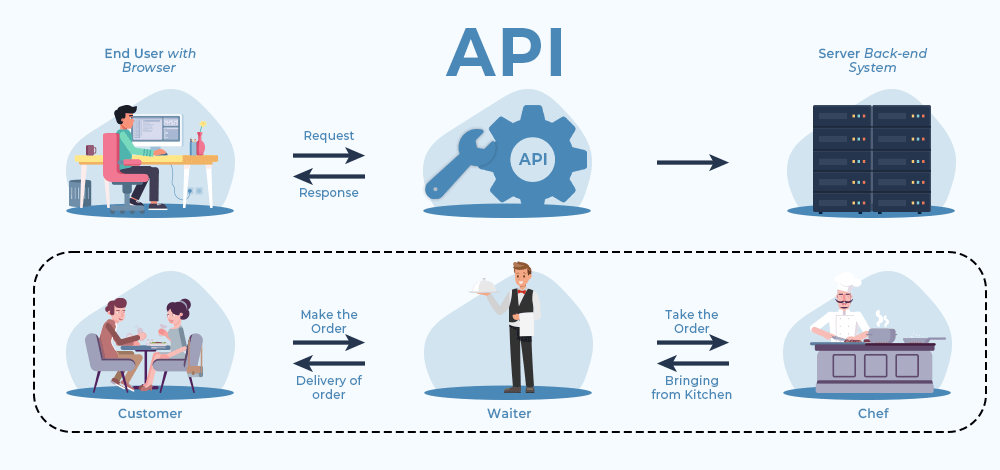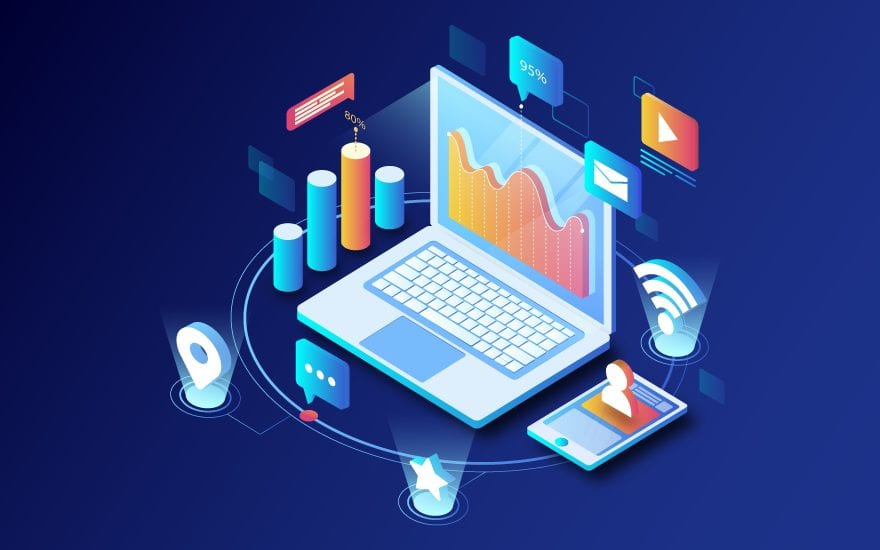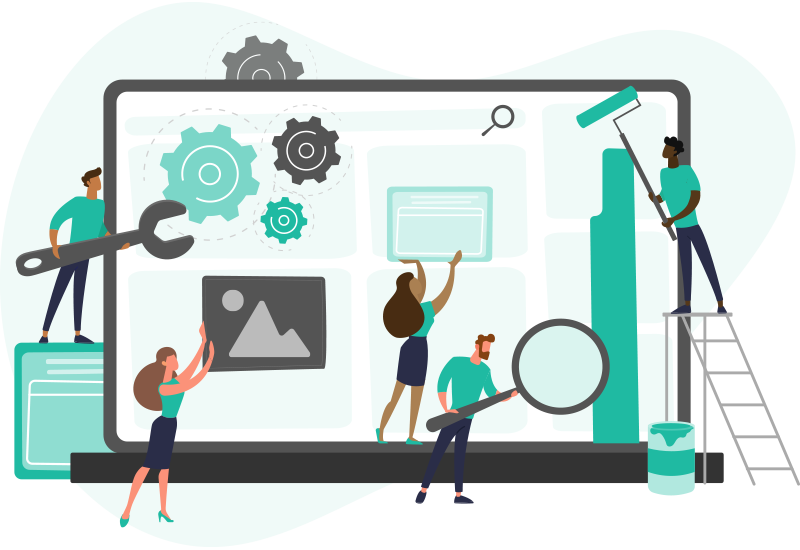
In the modern digital landscape, APIs (Application Programming Interfaces) and integration are fundamental components that drive seamless interactions between diverse software applications and services. They allow different systems to communicate, share data, and work together efficiently. Understanding APIs and integration is crucial for developers, businesses, and tech enthusiasts alike. This blog will demystify these concepts and explain their importance in today’s interconnected world.
What is an API?
An API, or Application Programming Interface, is a set of rules and protocols that allows different software applications to communicate with each other. APIs define the methods and data formats that applications can use to request and exchange information, enabling them to interact without needing to understand the underlying code of each other.
Key Components of APIs:
1. Endpoints:
- Specific URLs provided by the API where requests are sent to access different resources or functionalities.
2. Requests and Responses:
- Requests: How an application asks for information from the API (usually through HTTP methods like GET, POST, PUT, DELETE).
- Responses: How the API sends data back to the application, typically in formats like JSON or XML.
3. Authentication:
- Ensures that only authorized users or applications can access the API. Common methods include API keys, OAuth tokens, and JWTs (JSON Web Tokens).
4. Rate Limits:
- Restrictions on the number of API requests that can be made within a specific time frame to prevent abuse and ensure fair usage.
5. Documentation:
- Detailed information provided by API developers explaining how to use the API, including available endpoints, request parameters, and example responses.
What is Integration?
Integration refers to the process of connecting different software systems or applications so they can work together as a cohesive unit. This involves using APIs to enable data exchange and functionality sharing between disparate systems.
Types of Integration:
1. Data Integration:
- Combining data from different sources into a unified view. For example, integrating a CRM system with an email marketing platform to synchronize customer information.
2. Functionality Integration:
- Connecting different services to use their functionalities together. For example, integrating payment gateways with e-commerce platforms to handle transactions.
3. Process Integration:
- Streamlining business processes by connecting systems that handle different parts of a workflow. For example, integrating inventory management with order processing systems.
Why APIs and Integration Matter
1. Enhanced Efficiency:
- APIs streamline interactions between systems, reducing the need for manual data entry and enabling automation of tasks.
2. Improved User Experience:
- Seamless integration between services creates a more cohesive experience for users, such as single sign-on (SSO) and integrated customer support.
3. Scalability:
- APIs allow applications to scale and adapt by connecting with various third-party services and platforms without extensive rework.
4. Innovation and Flexibility:
- By leveraging APIs, developers can quickly incorporate new technologies and services into their applications, fostering innovation and keeping up with industry trends.
5. Cost Savings:
- Integration reduces the need to build redundant functionalities from scratch, saving development time and costs. It also helps avoid errors and inconsistencies by automating data transfer and processes.
Common Use Cases for APIs and Integration
1. Social Media Integration:
- Connecting applications with social media platforms for functionalities like sharing content, retrieving user data, and managing ads.
2. Payment Processing:
- Integrating payment gateways such as Stripe, PayPal, or Square into e-commerce sites to handle transactions securely and efficiently.
3. Mapping Services:
- Incorporating map functionalities using APIs from services like Google Maps or Mapbox for location-based features in applications.
4. Data Analytics:
- Using APIs to connect with analytics platforms (e.g., Google Analytics) to gather and visualize data on user behavior and application performance.
5. Communication Services:
- Integrating with messaging and communication APIs (e.g., Twilio, SendGrid) to send SMS, emails, or notifications directly from an application.
Best Practices for Working with APIs and Integration
1. Read Documentation Carefully:
- Thoroughly review API documentation to understand available features, usage limits, and best practices.
2. Handle Errors Gracefully:
- Implement robust error handling to manage API failures or unexpected responses effectively.
3. Secure Your Integration:
- Use secure authentication methods and follow best practices to protect sensitive data and prevent unauthorized access.
4. Monitor and Maintain:
- Regularly monitor API usage and performance. Keep an eye on deprecations or changes in API versions and update your integrations as needed.
5. Test Thoroughly:
- Test integrations thoroughly in different scenarios to ensure they work as expected and provide a seamless experience for users.
APIs and integration are the unsung heroes of modern digital ecosystems, enabling disparate systems to work together and enhancing the functionality and user experience of applications. By understanding and leveraging these tools effectively, businesses and developers can build powerful, scalable, and innovative solutions that meet the needs of today’s connected world. Whether you’re integrating with third-party services or creating your own API, mastering these concepts is essential for staying competitive and delivering exceptional digital experiences.






